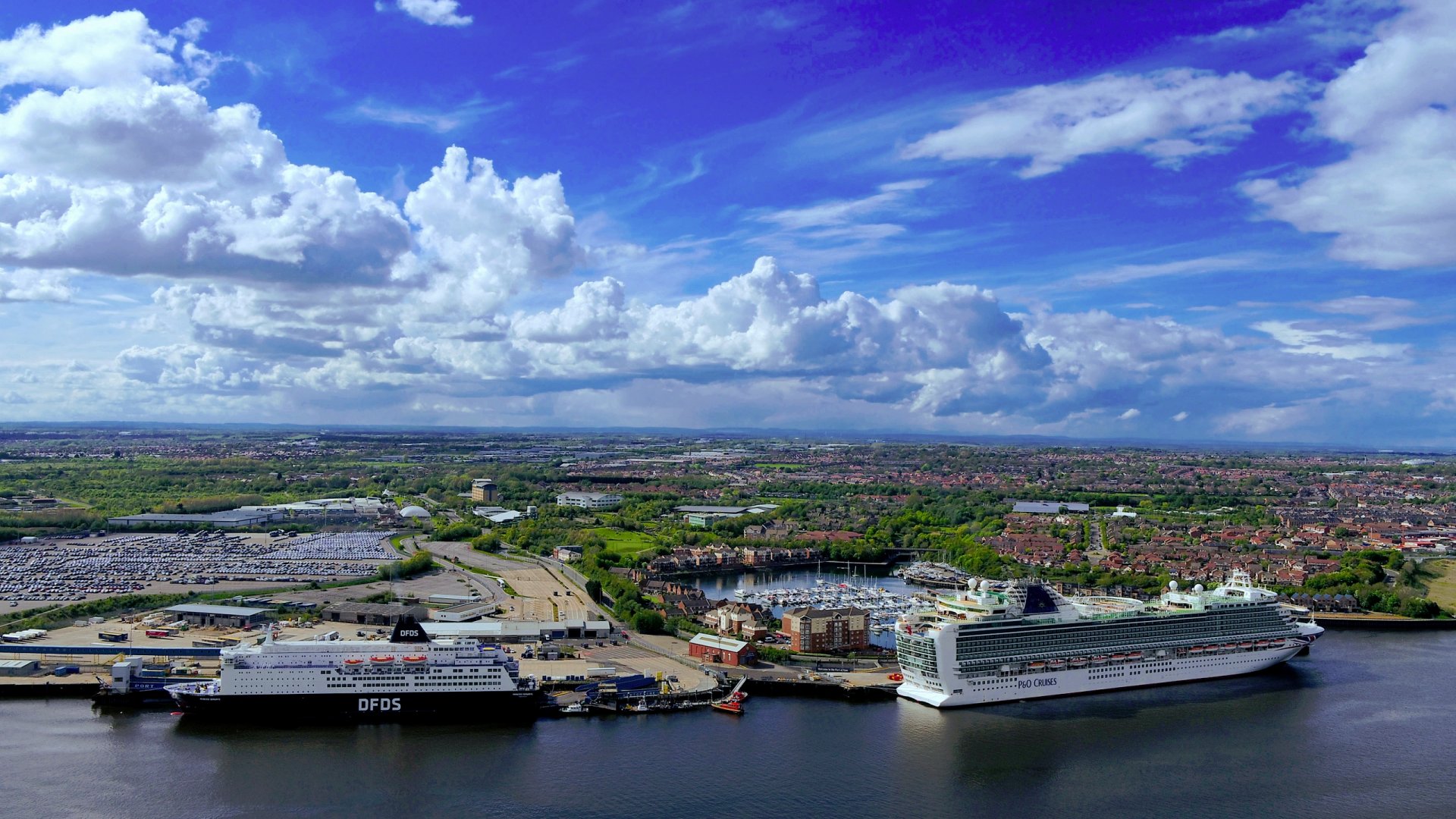Hydrogen multi-fuel station gets go-ahead
Concept uses three fuelling options: liquid hydrogen, compressed gaseous hydrogen and electric charging.
A consortium led by Unitrove has won UK government funding to explore the development of a zero-emission multi-fuel station (ZEMFS) that would power hydrogen and electric ships.
How it works: The design concept, planned to be operational by March 2025, uses liquid hydrogen as the basis for providing three fuelling options: liquid hydrogen, compressed gaseous hydrogen and electric charging.
- The pilot is for small craft under 24 metres, but is said to be fully scalable to vessels of any size and adaptable to any type of port infrastructure.
Funding timeline: In March, the Department for Transport (DfT) announced £206m to establish a new unit — UK Shipping Office for Reducing Emissions’ (UK SHORE) — to advance the UK towards a sustainable shipping future. It was the largest ever government investment in the UK commercial maritime sector.
- Included in the package of UK SHORE initiatives was the second round of the multi-year Clean Maritime Demonstration Competition (CMDC2), launched in May, which allocated up to £14.95m to fund 31 programmes to deliver feasibility studies and trials in clean maritime solutions.
- The zero-emission multi-fuel station has now been confirmed as one of those CMDC2 projects.
The other winning members of the ZEMFS consortium include ACUA Ocean, manufacturers of hydrogen-powered maritime autonomous surface ships; Zero Emissions Maritime Technology (ZEMTech), a marine-focused project management and delivery company; and the University of Strathclyde, a leading maritime research institution. The project is further supported by MJR Power & Automation, Orkney College UHI and the Port of Tyne.
What they said: Steven Lua, CEO of Unitrove, remarked: "The maritime industry is responsible for a significant proportion of pollutants associated with climate change and reduced air quality, and a zero-emission multi-fuel station that can power boats running either hydrogen or electricity is expected to play a significant part in reducing these emissions."
- Ian Finch, Commercial Director at Port of Tyne, explained that the ZEMFS initiative complements other low carbon projects that the port is developing across its estate, including green hydrogen production, green shore-to-ship power solutions and becoming a carbon-neutral port by 2030.
- Orkney College UHI's Mark Shiner, who is team leader for the world’s first government-recognised hydrogen vessel crew training course, noted: "It is vital that we strive for standardisation in training, equipment, fittings, safety, and practice at an international level. Adapting existing frameworks will not always suffice, and we look to international bodies to develop such frameworks. Only then can we take zero-emissions shipping from one nation to another. Only then will transnational zero-emissions technology be possible."
Background: Unitrove successfully delivered the UK’s first liquefied natural gas bunkering facility at Teesport in May 2015.
- And back in November, the company unveiled the world’s first liquid hydrogen bunkering facility for fuelling zero-emission ships. This was followed in April by a UK Government grant to develop a unit ready for rapid deployment to ports around the world.
- Unitrove has also been exploring options such as ammonia, liquid organic hydrogen carriers, and solid hydrogen in the form of sodium borohydride.
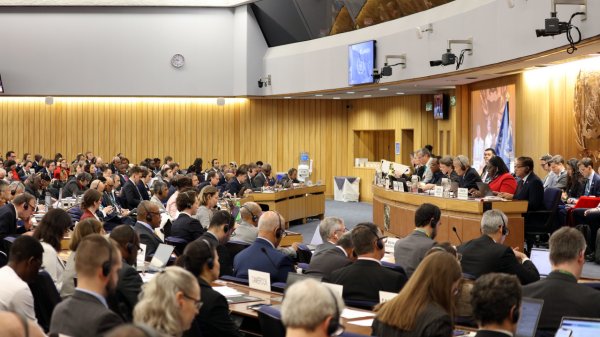
|
IMO approves pricing mechanism based on GHG intensity thresholds
Charges to be levied on ships that do not meet yearly GHG fuel intensity reduction targets. |
|
|
|
||
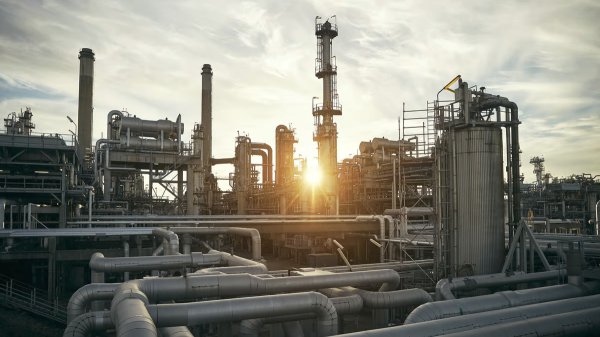
|
VARO Energy expands renewable portfolio with Preem acquisition
All-cash transaction expected to complete in the latter half of 2025. |
|
|
|
||
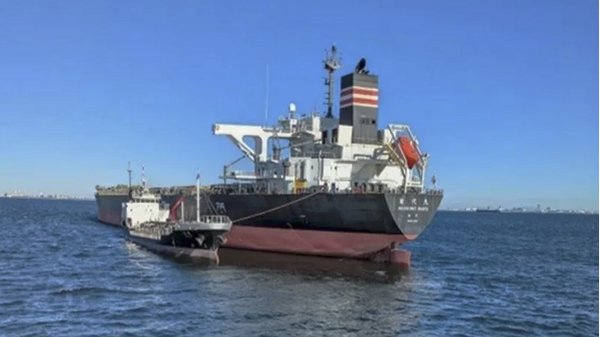
|
NYK trials biofuel in milestone coal carrier test
Vessel is used to test biofuel for domestic utility company. |
|
|
|
||
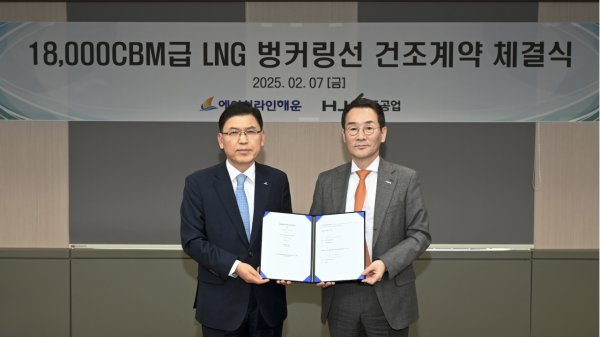
|
H-Line Shipping orders LNG bunkering vessel
Vessel with 18,000-cbm capacity to run on both LNG and MDO. |
|
|
|
||

|
How to engineer and manage green shipping fuels | Stanley George, VPS
Effective management strategies and insights for evolving fuel use. |
|
|
|
||
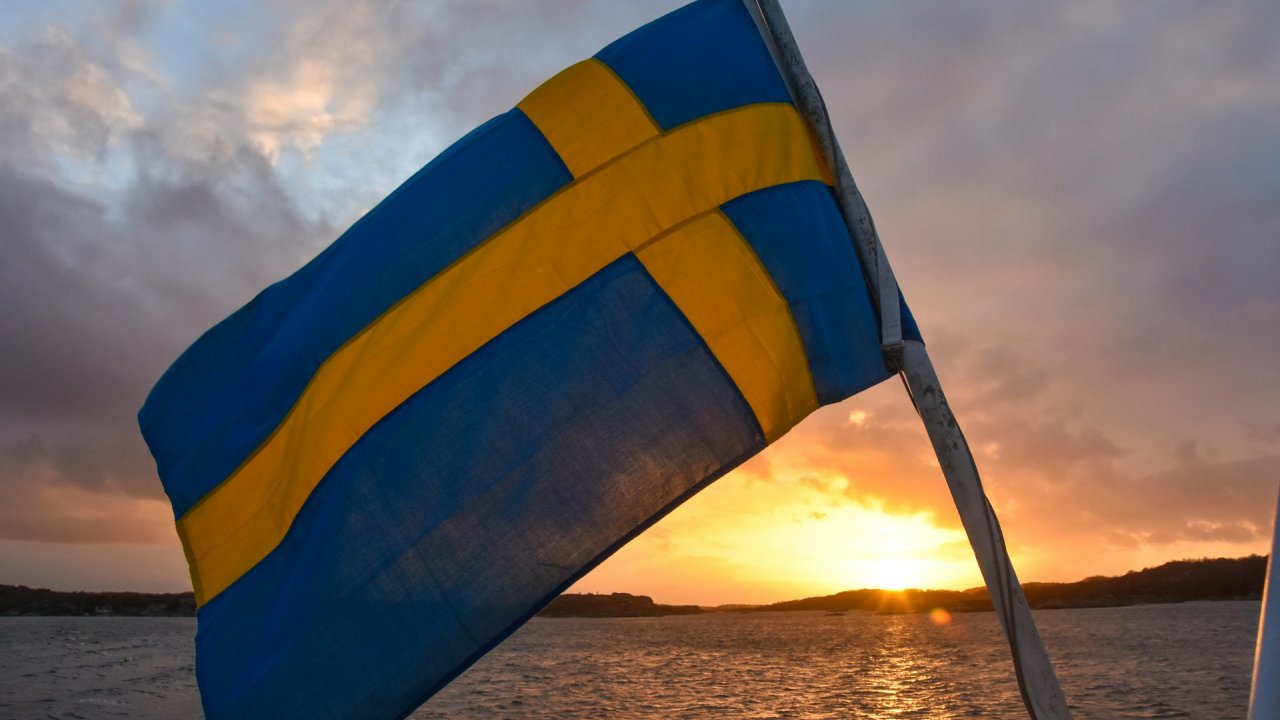
|
Swedish government bans scrubber wastewater discharges
Discharges from open-loop scrubbers to be prohibited in Swedish waters from July 2025. |
|
|
|
||
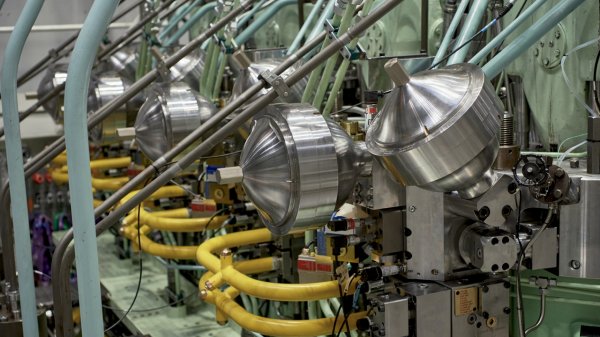
|
MAN Energy Solutions achieves 100% load milestone for ammonia engine
Latest tests validate fuel injection system throughout the entire load curve. |
|
|
|
||
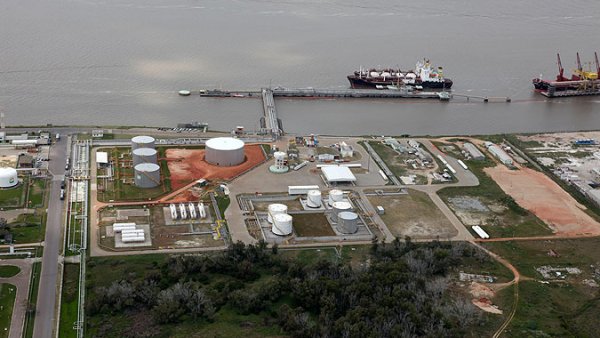
|
Petrobras secures ISCC EU RED certification for B24 biofuel blend at Rio Grande
Blend consisting of 24% FAME is said to have been rigorously tested to meet international standards. |
|
|
|
||
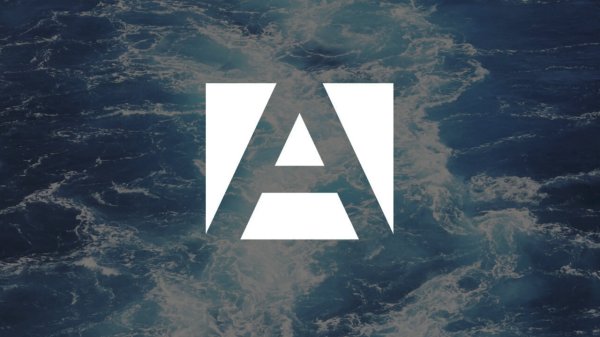
|
Stolt-Nielsen to fully control Avenir LNG with acquisition
Share purchase agreement to buy all shares from Golar LNG and Aequitas. |
|
|
|
||
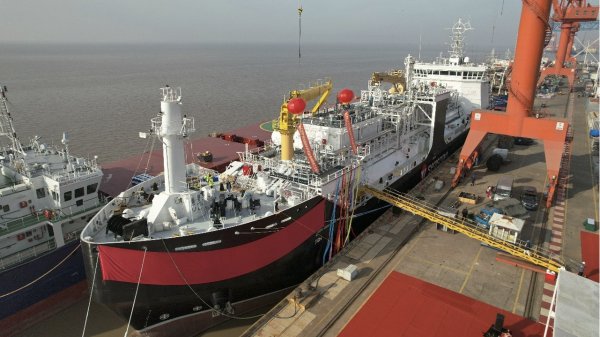
|
Bureau Veritas supports launch of CIMC SOE's LNG bunkering vessel
Handover of Seaspan Energy's cutting-edge 7,600-cbm vessel completed. |
|
|
|
||

